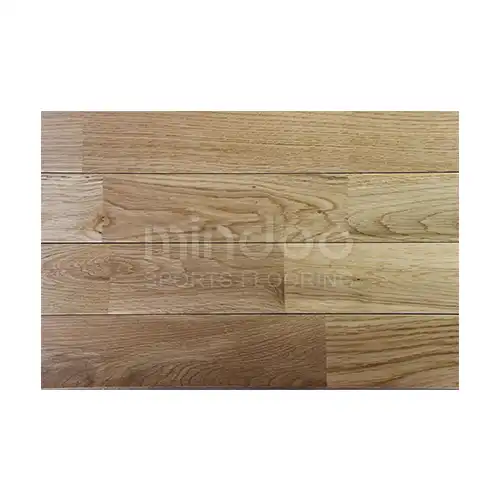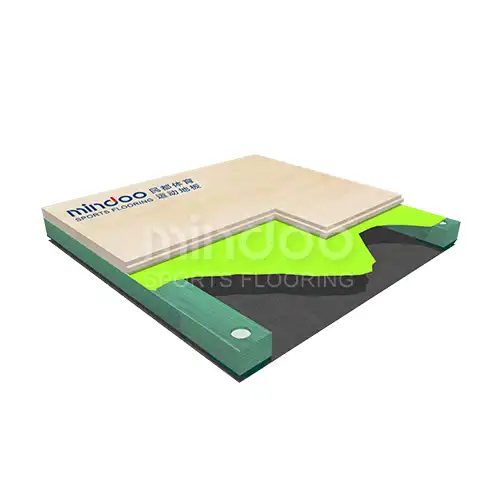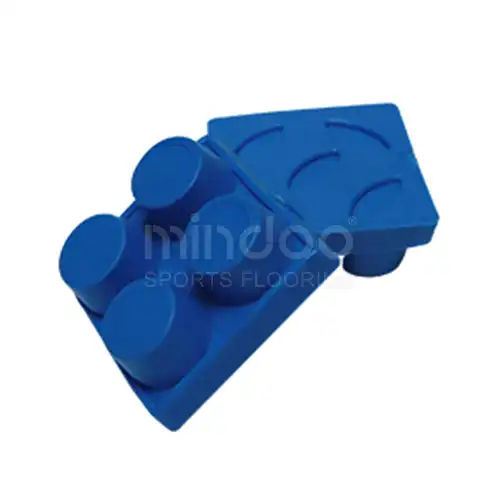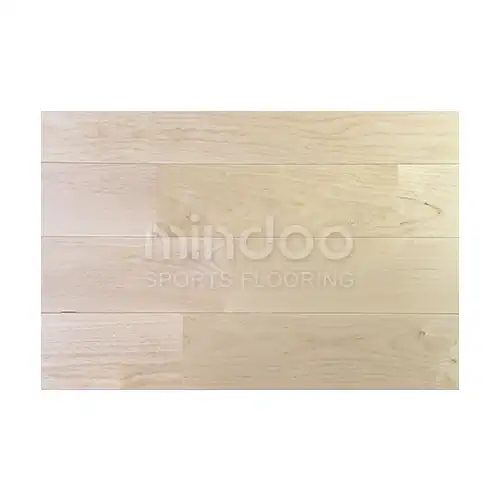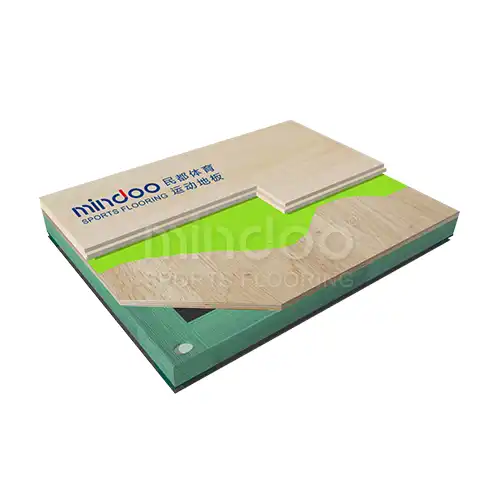The Shock Absorption Principle of Sports Wood Flooring
When it comes to sports wood flooring, particularly in environments like basketball courts, badminton courts, or indoor gymnasiums, shock absorption is a critical aspect that directly affects the safety, performance, and long-term health of athletes. Understanding the mechanics behind shock absorption can help in selecting the right flooring material and system for a facility. Let’s break down the principle behind it in a detailed, yet straightforward way.
1. What is Shock Absorption in Sports Floors?
At its core, shock absorption refers to the ability of the flooring system to dissipate the impact energy from an athlete’s movements, such as running, jumping, and landing. Instead of transferring all the force directly into the player’s body, a shock-absorbing floor reduces the amount of energy that is transmitted, helping to protect joints, muscles, and bones from excessive strain.
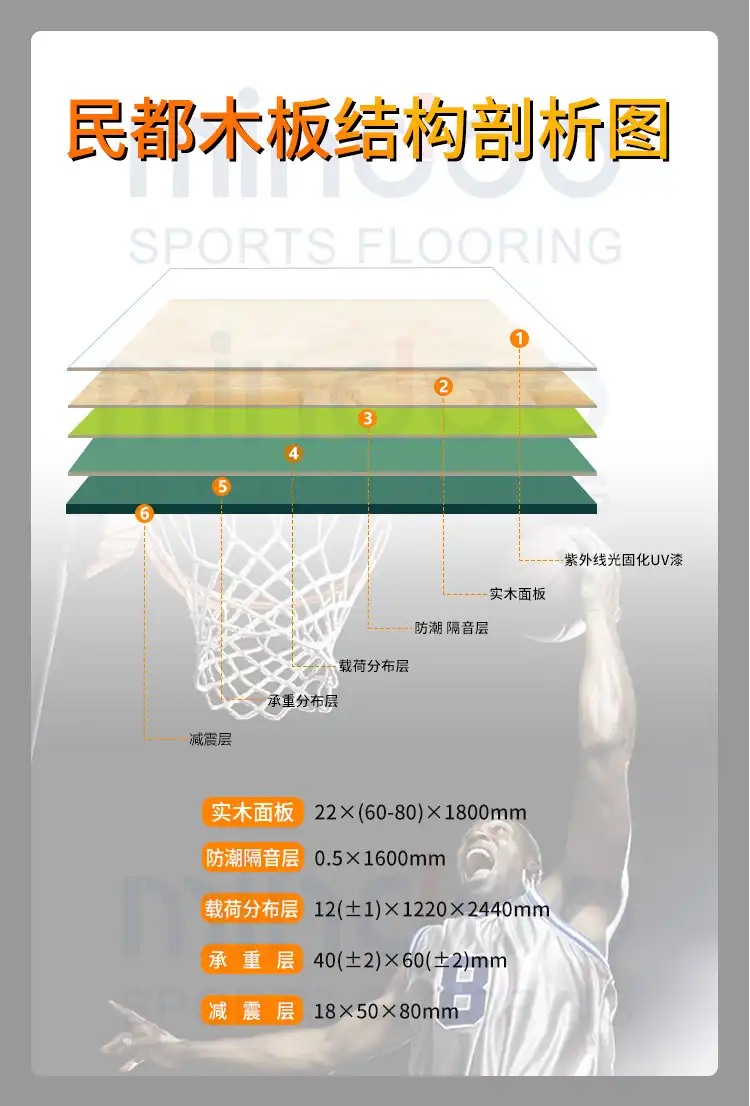
A typical athletic activity can result in impacts ranging from 2 to 5 times the body weight on landing. For example, a basketball player landing after a jump could be subject to forces up to five times their body weight. Proper shock absorption helps manage these forces, distributing the impact over a larger area and thus minimizing localized stress.
2. How Does the Technology Work?
Shock absorption in sports wood floors is achieved through a multi-layer system, combining the right materials and structural design. The layers typically include:
· Wood Top Layer (Surface Layer): The top layer provides the basic surface where the game is played. While not the primary shock absorber, the type of wood chosen—often maple for its durability and resilience—plays a role in how the floor distributes the initial impact.
· Elastic or Rubber Underlay: Beneath the wood layer, there’s typically an elastic or rubberized layer designed specifically for shock absorption. This layer compresses under load, absorbing a significant amount of energy from the athlete’s movements.
· Spring or Cushion System (Subfloor): The subfloor, made of materials like polyurethane, cork, or a rubberized spring system, is the real heart of shock absorption. These materials compress and rebound, creating an elastic response that helps to absorb and return energy. Think of it like a mattress: when you land on it, it cushions the impact and then returns to its original shape.
These layers work in unison to provide differentiated stiffness—a necessary feature for both comfort and performance. The result? A system that absorbs shock at the right places while offering enough firmness to maintain stability and prevent the floor from becoming too "spongy."
3. The Role of Deflection and Compression
Another essential component of shock absorption is deflection—the amount the floor bends or "deflects" under an impact. A good sports floor will deflect slightly under heavy load, spreading the force over a wider area. The deflection behavior depends largely on the springiness of the materials used in the floor’s system.
For example, a properly designed sports floor should have a deflection range of 2 to 3mm under typical athletic loads. If the deflection is too high, the floor becomes unstable and can compromise the athlete's footing. If it's too rigid, it fails to properly absorb the shock, increasing the strain on the joints.
4. Why Is Shock Absorption So Important for Athletes?
The importance of shock absorption goes beyond comfort; it's about injury prevention. Regular impact from high-intensity sports can lead to repetitive stress injuries, such as shin splints, tendinitis, and knee pain. In more extreme cases, long-term exposure to hard surfaces can contribute to chronic conditions like joint degeneration.
According to studies, high-quality sports floors with shock-absorbing properties can reduce impact forces by 20-40%, which leads to a noticeable decrease in joint and muscle stress over time. Athletes playing on floors with proper shock absorption are less likely to experience acute injuries and are more likely to have longer careers with fewer injuries.
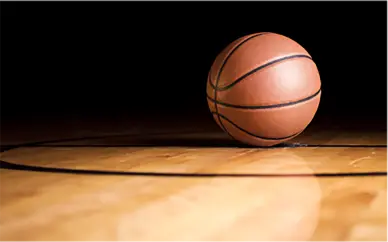
5. Standards and Testing for Shock Absorption
Globally recognized organizations, like the International Basketball Federation (FIBA) and the Badminton World Federation (BWF), set specific standards for shock absorption in sports flooring. These standards include both impact absorption and vertical deformation.
For instance:
· FIBA requires a minimum shock absorption value of 53% for indoor basketball courts.
· BWF specifies that badminton courts must have sufficient shock absorption to prevent injuries, with a deflection of around 2.5mm under standard testing conditions.
These values are not just guidelines—they’re based on years of research and testing to ensure that floors offer the optimal balance of safety and performance for athletes across different sports.
Choosing the right sports wood flooring with effective shock absorption is not just about making the court look good—it’s about protecting athletes and enhancing their performance. With proper shock absorption, the floor helps manage the forces exerted on an athlete's body, reducing injury risk and fatigue while providing a stable, responsive playing surface.
A well-designed floor system balances these requirements through careful material selection and layered construction. When done right, the floor becomes a silent partner in the game, cushioning every jump and sprint, and allowing players to focus on their performance rather than worrying about the strain on their bodies.
So, next time you step onto a court, remember: it’s the combination of layers beneath your feet that’s helping you jump higher, land softer, and play harder.
Mindu Sports Wood Flooring is a professional brand with an independently developed patented shock-absorbing floor system, offering excellent performance, stability, and durability. Submit your information below to receive more product details.
